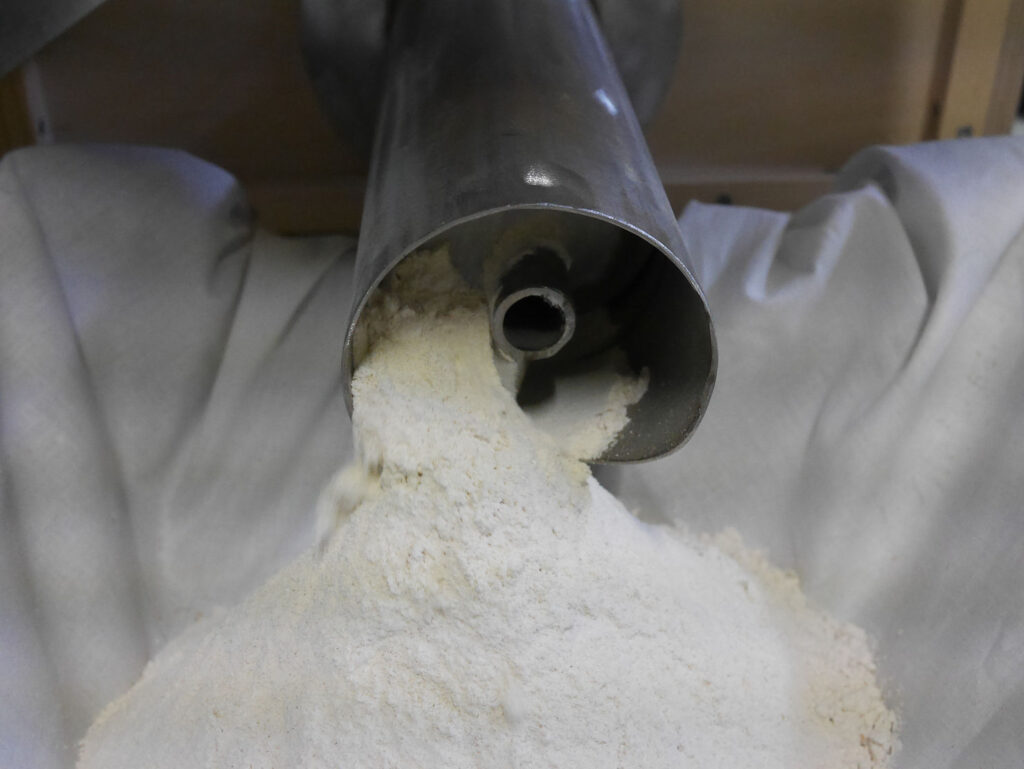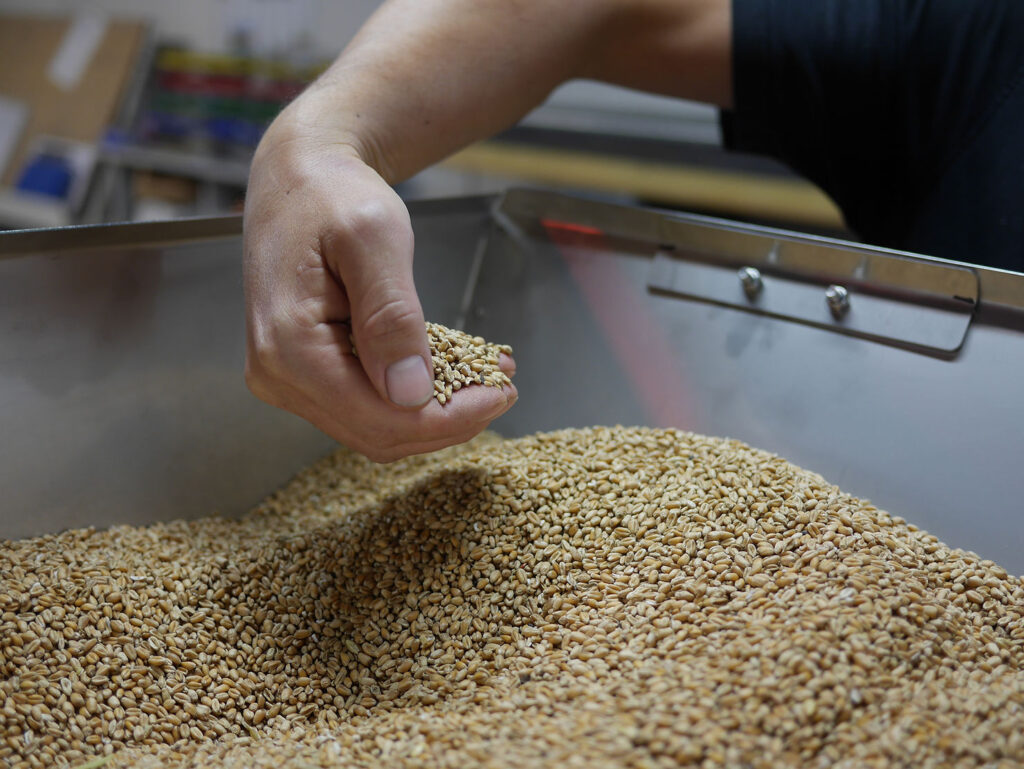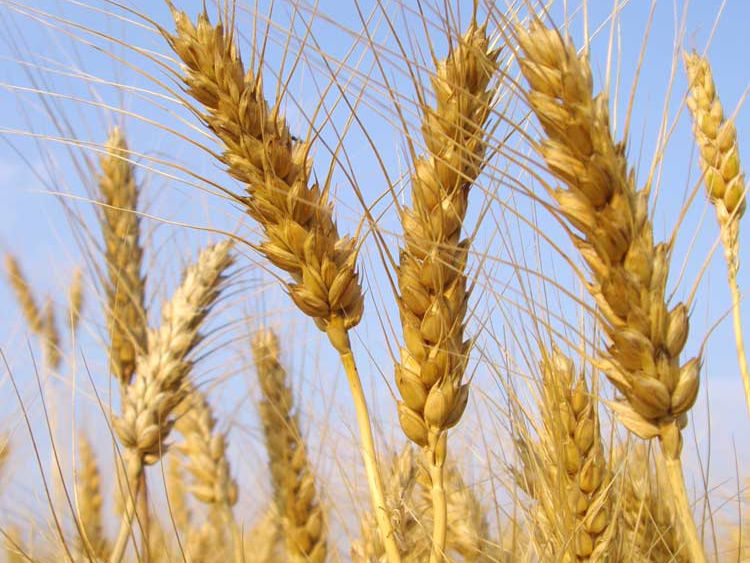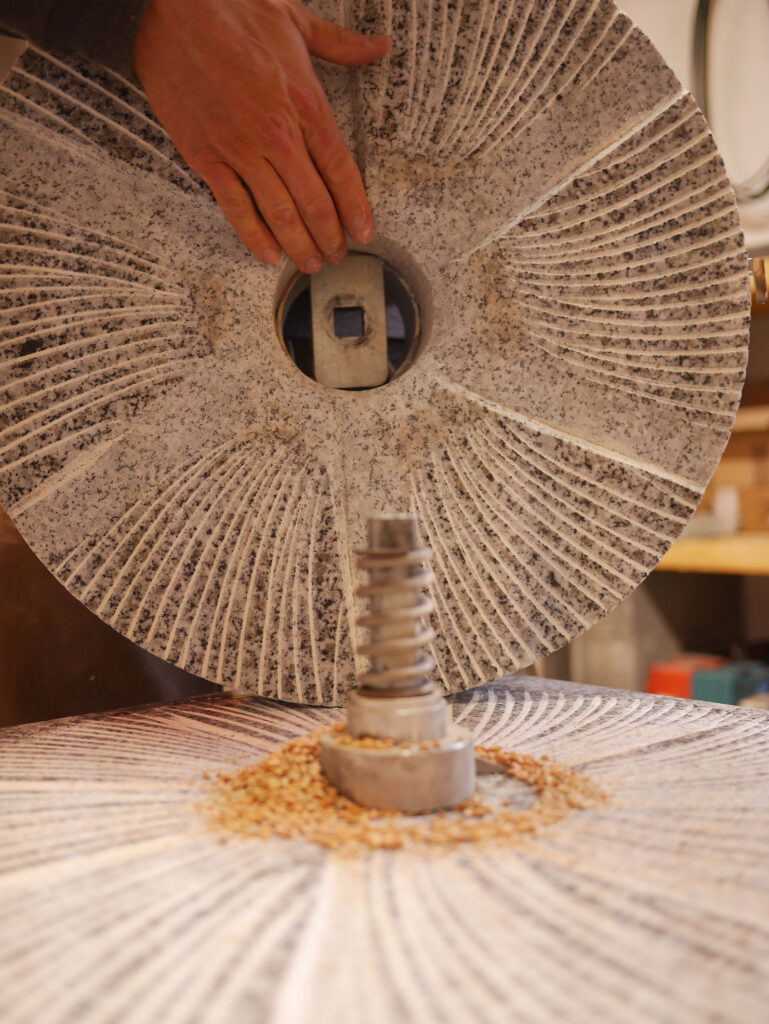What is the difference between a stone mill and a cylinder mill?
The amount of flour
A stone mill will produce less flour than a cylinder mill. In fact, the aim of industrialisation was to increase quantities, and this was the answer provided by cylinder mills.
The quality of the flour
With a stone mill (models have come a long way since then), the rotation crushes the seeds with a minimum of passing through. What difference does this make?
Your seeds are not oxidised by the heat, so they retain all their nutritional qualities.

📌 If you would like more information, we have written a full article: The 3 differences between a stone mill and a cylinder mill
What is the difference between an Astrié mill and a stone mill?
The Astrié mill is a stone mill. It is said to be the ‘must’ of the stone mill because it allows you to respect your seeds completely.
The Astrié brothers’ invention means that the seed is no longer crushed between the millstones, but rather gently unrolled to extract its contents without oxidising it.
In a traditional stone mill, the seed is crushed by the weight of the upper millstone. This is not at all the case with the Astrié mill.
André and Pierre Astrié’s system is precisely to attach the flying millstone to an oscillating system, allowing the gap between the millstones to be reduced or increased depending on the grain and the flour required.
The difference between a stone mill and an Astrié mill is that the flour is easy to digest.
📌 You can read the full article here: « Differences between stone mills and Astrié mills »
Why does unrolled rather than crushed seed make all the difference to your flour?
Unrolling the seeds preserves the whole germ of your cereal. So your flour is easy to digest and healthy. And that’s what gives it its unrivalled old-fashioned taste and all its added value.

The germ of the seed contains all the nutrients, which is why it is vital to preserve it in order to obtain exceptional flour:
- proteins
- mineral salts
- vitamin B
are some of the elements that only the germ can provide in flour.
📌 Read the full article « When the cereal is finally unrolled and no longer crushed by the weight of the millstone »
What cereals can be unrolled at an Astrié Mill?
Any seed can be unrolled as long as it is sufficiently dry:
- Durum wheat
- Soft wheat
- Barley
- Sarasin
- Rye
- …
You can even make chestnut flour, as long as your raw material is dry enough not to clog the millstones.
Who is the Astrié mill designed for?
The Astrié mill is designed for anyone who wants to become self-sufficient in flour production:
- bakers
- peasant bakers
- grain farmers
- millers
- pizza maker
- professional community

How do the millstones on an Astrié mill work?
As a picture is worth a thousand words, here’s a video showing the system oscillating between the grinding wheels.
How does sieving work?
📌If you want to learn how to change the mill sieve, go to this article « Quick and efficient sieve changing for making different flours in the same mill »
Why do people say that Astrié mills produce better quality flour?
The flour is of better quality because it contains all the wheat germ. It is therefore nutritious and easily digestible.
Can you make gluten-free flour with an Astrié mill?
📌 An article to find out more: « Yes, you can make gluten-free flour with an Astrié mill! »



